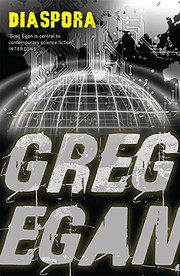Once upon a time, there was a neutron star collapse...
5 stars
Neutron stars, gamma rays, curvature, multiverse, Euler, Planck, six-dimensional space and the gang are at it again! This time in a story which, despite not being exactly original, is challenging and captivating. Had to do a ton of googling while reading, physics is not my cup of tea, and have enjoyed myself. Cannot but recommend.



